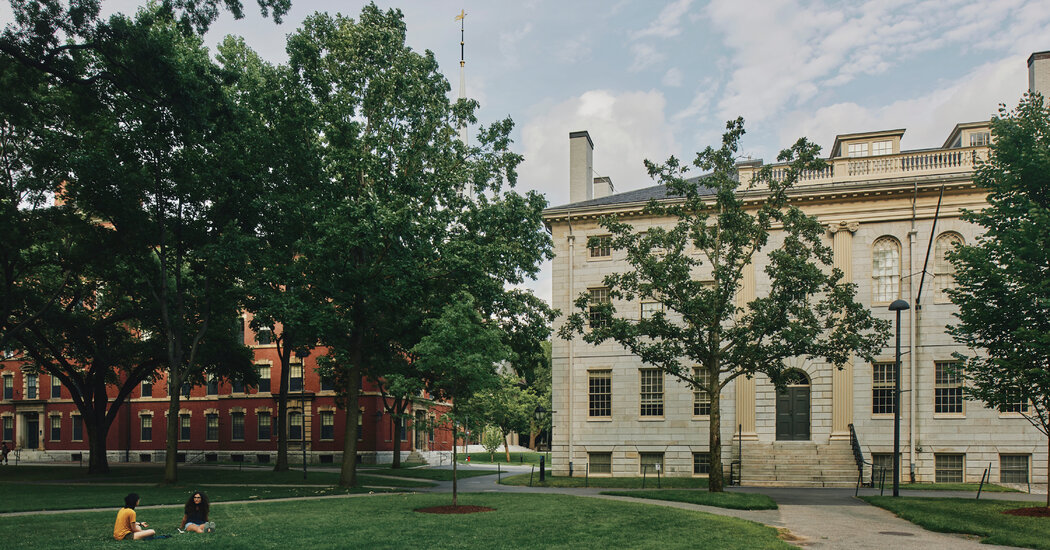As Harvard Case Looms at Supreme Court, Study Tests Value of Diversity

“If diverse groups of student editors perform better than non-diverse groups, it lends credibility to the idea that diverse student bodies, diverse student organizations, diverse faculties, diverse teams of attorneys and diverse teams of employees generally could perform better than non-diverse teams,” the study concluded.
The law reviews’ diversity policies were not uniform, but they tended to take account of race, as the Harvard College admissions policy does, as one factor among many for some or all of the available spots. The Harvard Law Review, for instance, selects 30 of its 48 editors based on some combination of a writing competition and grades. Another 18 editors, a statement on its website says, are “selected through a holistic but anonymous review” that may consider “racial or ethnic identity, disability status, gender identity, sexual orientation and socioeconomic status.”
The policy and a similar one adopted by The New York University Law Review (where 12 student editors, its website says, are “selected by the diversity committee”) were the subject of lawsuits challenging them as discriminatory. In the Harvard suit, unnamed scholars complained that their submissions would be “judged by less capable students — and these are the students who will ultimately make the career-altering decision of whether a professor’s article gets accepted for publication or rejected.”
The suits were dismissed on standing grounds, but the charge that diverse student editors are less skilled is not new. When Barack Obama was running for president in 2008, Politico reported on a “a small dust-up in the blogosphere” about his tenure as the first Black president of The Harvard Law Review. Critics said that articles Mr. Obama helped edit were part of “the least-cited volume of The Harvard Law Review in the last 20 years,” Politico reported.
There were methodological problems with the claim; it did not take account of all the issues Mr. Obama oversaw and overstated his role in the process of selecting articles. But the general idea of assessing the effect of scholarly articles by counting how often they are cited is widely accepted, said Adam Chilton, a law professor at the University of Chicago who conducted the new study along with Professor Masur; Justin Driver, a law professor at Yale; and Kyle Rozema, a law professor at Washington University in St. Louis.
“On average, citations — once you account for field a little bit and subject a little bit — provide a pretty accurate measure of impact within the academy,” Professor Chilton said. “It’s considered in hiring and promotion decisions. It’s certainly something academics themselves think about. Law review editors are all aware that they want their volumes to be cited and worry when making article selection decisions whether the topic will be general enough to be widely cited.”
The study considered about 13,000 research articles and found that median citations to volumes published in the five years after the adoptions of diversity programs grew by about 23 percent, which was statistically significant.
Published at Mon, 31 May 2021 13:24:38 +0000
Article source: https://www.nytimes.com/2021/05/31/us/supreme-court-diversity-harvard.html